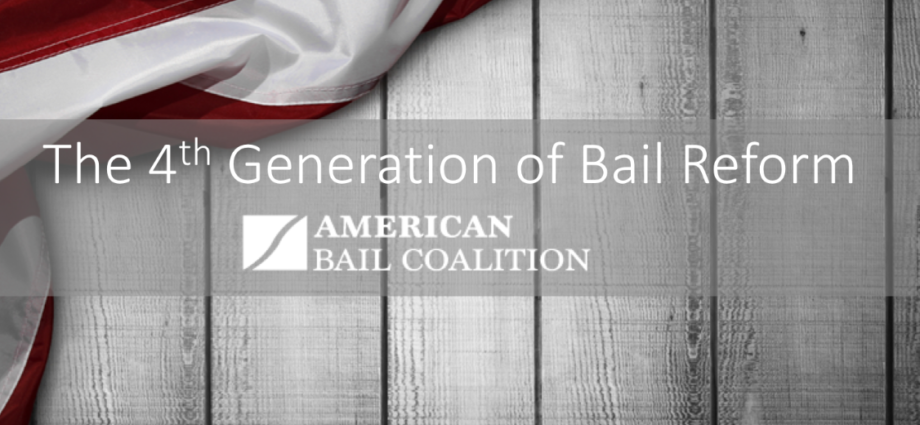The Fourth Generation of Bail Reform
Over the last 60 years, the United States has gone through two generations of bail reform, and for the last fifteen years we have been in a period described by some as the “third generation” of bail reform.
The third generation of bail reform, like the second generation, has been a complete failure. Reliance on preventative detention and electronic monitoring policies has brought a sledgehammer to the bill of rights, including the federal and state constitutional rights to bail. When then- Chief Justice Rehquist said in 1987 that “liberty is the norm,” there is no way to believe he would have felt the same way when 31 years later liberty is absolutely not the norm. In fact, the expansion of pre-conviction detention and supervision by the state is the norm. The American Civil Liberties Union (ACLU) warned of this danger in 1984, which Justice Thurgood Marshall echoed in dissent in Salerno.
Thirty four years after the federal government embarked on this grand risk-based bail experiment, an experiment which no one thought constitutional at the time, it is now time instead for a fourth generation of bail reform. One that returns the American bail system into what it is supposed to be. A bail bond which is solely based on the defendant’s appearance in which judges set appropriate bail that balances the rights of the victim of crime, the person accused of the crime, and the people who seek to prosecute the accused.
The principles of the “Fourth Generation of Bail Reform” are built around fourteen recommendations:
- Protecting the fundamental Constitutional Right to Bail and opposing general preventative detention policies.
- Improving due process and bail review procedures for defendants, prosecutors and victims.
- Eliminating the use of bail as a collections mechanism.
- Eliminating the restrictions on the way to post bail and protecting the right to personal surety.
- Promoting statutes that adopt the concept of nuisance bail and meaningful recognizance bonds.
- Eliminating pre-conviction probation except in certain circumstances and require individualized consideration.
- Eliminating pretrial risk assessment tools in favor of complete and real data concerning the statutory and constitutional factors in setting bail to accompany decision makers when setting bail.
- Eliminating full cash ONLY bail, unsecured bail, and 10% deposit to the court bail.
- Improving regulation regarding bail agents and recovery agents with arrest authority.
- Rethink public and private bail funds to afford the indigent the ability to exercise the right to bail rather than be supervised by the state.
- Unpaid fines and fees should never be a reason to deny bail.
- Pretrial incarceration or the setting of bail with the intent to detain should be eliminated.
- Administrative delays in the bail process should immediately be addressed and immediately reduced.
- Statutes that encourage speedy trial reforms should be highly encouraged so as to equally reduce all negative aspects of the period between arrest and disposition.
Protecting the Right to Bail
The fourth generation of bail reform is upon us in America, and it is time to get to work. We are going to embark on this mission because it is necessary to stop the government from eliminating the right to bail and instead embracing a system of tyranny where detention without bail may be based on the blowing of political winds rather than justice. The right to bail is in the bill of rights for a reason, and we encourage people from all sides of the aisle to work with us. We will protect the heart of the right to bail, return it to what it is supposed to be, reduce bias in its application, ensure accountability, and remove the generational false assumption that piling-on by overcharging criminal defendants before they are convicted will fix them and make them show up for court.






